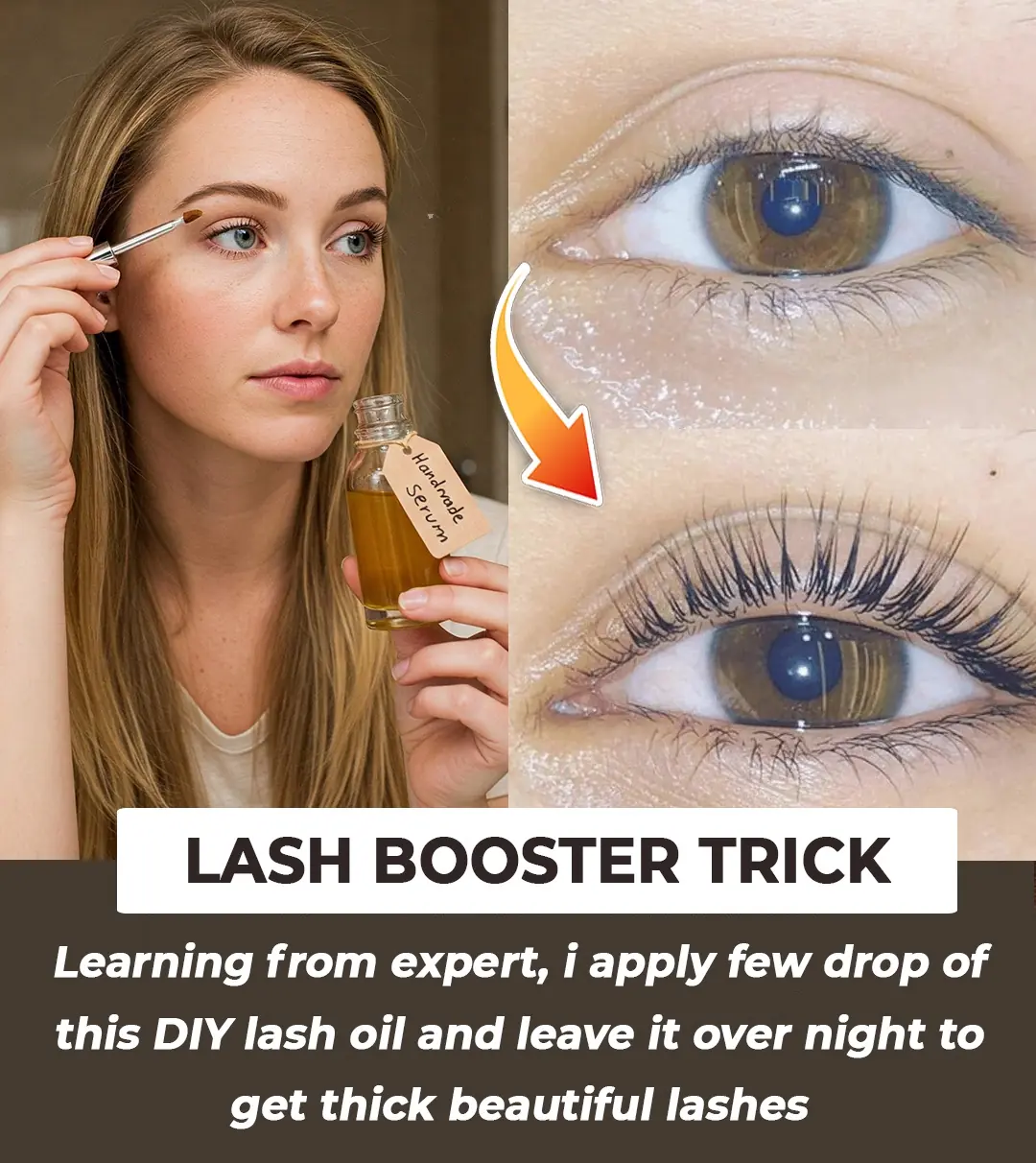
10 most toxic items in your kitchen. Here's why
The kitchen is often described as the heart of the home — a warm, lively space where meals are prepared, stories are shared, and families gather. Yet beneath this comforting image lies a surprising truth: many everyday kitchen items may be exposing us to hidden toxins and health hazards. From non-stick cookware to plastic containers, common tools and materials can release harmful chemicals into our food or environment. Recognizing these risks is the first step toward creating a kitchen that truly supports your health and well-being.
Understanding the Dangers of Non-Stick Pans
Non-stick pans are beloved for making cooking and cleaning effortless. However, many are coated with polytetrafluoroethylene (PTFE), commonly known as Teflon. When overheated above 500°F (260°C), this coating can release toxic fumes that cause flu-like symptoms in humans — often referred to as “Teflon flu.” More concerningly, the manufacturing of these coatings has historically involved perfluorooctanoic acid (PFOA), a chemical associated with cancer, thyroid disease, and immune dysfunction.
To reduce exposure, consider switching to stainless steel, cast iron, or ceramic cookware, which are durable and free from synthetic coatings. Properly seasoning cast iron pans can even create a natural non-stick surface over time. Additionally, avoid preheating empty non-stick pans, which accelerates overheating and toxin release.
The Hidden Risks of Plastic Cutting Boards
Plastic cutting boards are inexpensive, lightweight, and easy to sanitize — but they’re not without drawbacks. Repeated knife cuts create deep grooves that harbor bacteria, even after washing. Over time, tiny microplastics can flake off into your food, potentially carrying harmful chemicals like bisphenol A (BPA) or phthalates, both of which are known endocrine disruptors.
Wooden and bamboo cutting boards are safer, naturally antimicrobial, and biodegradable. To keep them sanitary, wash promptly after use and apply food-grade mineral oil to prevent cracking. Having separate boards for raw meat and produce also minimizes the risk of cross-contamination.
Why Your Brita Filter Might Be Harmful
Water filters like Brita pitchers are popular for improving the taste and smell of tap water. However, when filters aren’t replaced on schedule, they can become breeding grounds for bacteria and mold. Furthermore, standard filters may not remove all heavy metals, pesticides, or pharmaceutical residues from tap water.
To ensure safer hydration, replace filter cartridges regularly as instructed by the manufacturer, and occasionally clean the housing unit with vinegar or mild soap. If your local water supply contains high levels of contaminants, consider upgrading to a reverse osmosis system or a certified multi-stage carbon filter for more comprehensive purification.
The Toxic Truth About Keurig Machines
Single-serve coffee makers like Keurigs are incredibly convenient — but they come with hidden costs to health and the environment. The hot water in the machine can cause BPA and other chemicals from the plastic components or pods to leach into your beverage. Additionally, single-use pods create massive amounts of plastic waste and often contain aluminum, which can further contaminate the drink.
To brew safely and sustainably, switch to a French press, pour-over, or drip coffee maker using organic beans and unbleached paper filters. These methods not only reduce toxin exposure but also enhance flavor and aroma, giving you a cleaner, richer cup of coffee.
Concerns with Aluminum Foil in Cooking
Aluminum foil is a household staple, but when used for high-heat cooking or acidic foods, small amounts of metal can leach into meals. Chronic exposure to aluminum has been associated with neurological conditions such as Alzheimer’s disease and bone disorders.
Instead, use parchment paper or silicone baking mats as barriers when cooking, or switch to glass and stainless steel bakeware. These alternatives are reusable, non-toxic, and better for the planet.
The Hazards of Using Plastic Containers
Reheating leftovers in plastic containers might be convenient, but it’s a recipe for chemical exposure. When heated, plastics can release BPA, phthalates, and other hormone-disrupting chemicals into your food. Even “microwave-safe” plastics can degrade over time, increasing leaching risks.
Opt for glass, silicone, or stainless steel containers, which are safe, durable, and better for both your body and the environment. If you must use plastic, avoid microwaving it and never pour hot liquids inside.
The Risks Associated with Canned Foods
Canned foods save time and reduce waste, but the linings inside many cans contain BPA, which can seep into food — especially when exposed to heat. Some newer cans use BPA-free linings, but these often contain similar substitute chemicals whose safety is still under review. Additionally, the canning process can strip foods of essential nutrients.
When possible, choose fresh or frozen options, or look for products packaged in glass jars. Always check labels for “BPA-free” certifications and rinse canned beans or vegetables before eating to remove excess sodium and residue.
Dangers of Using Traditional Cleaning Products
Cleaning the kitchen shouldn’t come at the cost of your health. Many commercial cleaners contain ammonia, bleach, formaldehyde, and synthetic fragrances, all of which can irritate the lungs, skin, and eyes. Over time, chronic exposure may contribute to respiratory issues and hormone imbalance.
Safer alternatives include vinegar, baking soda, lemon juice, and castile soap — powerful natural cleansers that effectively cut grease and disinfect without toxic residues. For a refreshing scent, add a few drops of essential oils like tea tree or lavender.
The Problem with Artificial Sweeteners
Artificial sweeteners such as aspartame, sucralose, and saccharin promise guilt-free sweetness but may disrupt gut bacteria, increase sugar cravings, and affect metabolism. Some research also links excessive intake to mood changes and glucose intolerance.
Instead of relying on artificial substitutes, try natural sweeteners like honey, maple syrup, or stevia — in moderation. Or better yet, retrain your palate to enjoy less sweetness overall, which can lead to more stable energy and improved appetite control.
Conclusion: Creating a Safer Kitchen Environment
Your kitchen should be a space that nourishes, not endangers, your health. By becoming aware of hidden toxins in everyday items and making small, informed swaps — like using glass instead of plastic, natural cleaners over chemicals, and whole foods over processed — you can dramatically reduce your exposure to harmful substances.
A safer kitchen doesn’t just protect your family’s health; it also supports sustainability and mindfulness in daily living. Regularly reassess your kitchen habits, invest in quality materials, and remember: a truly healthy home starts with the choices you make every day.
News in the same category


Why Do Flat Electrical Plugs Have Two Round Holes? The Hidden Function Is Brilliant
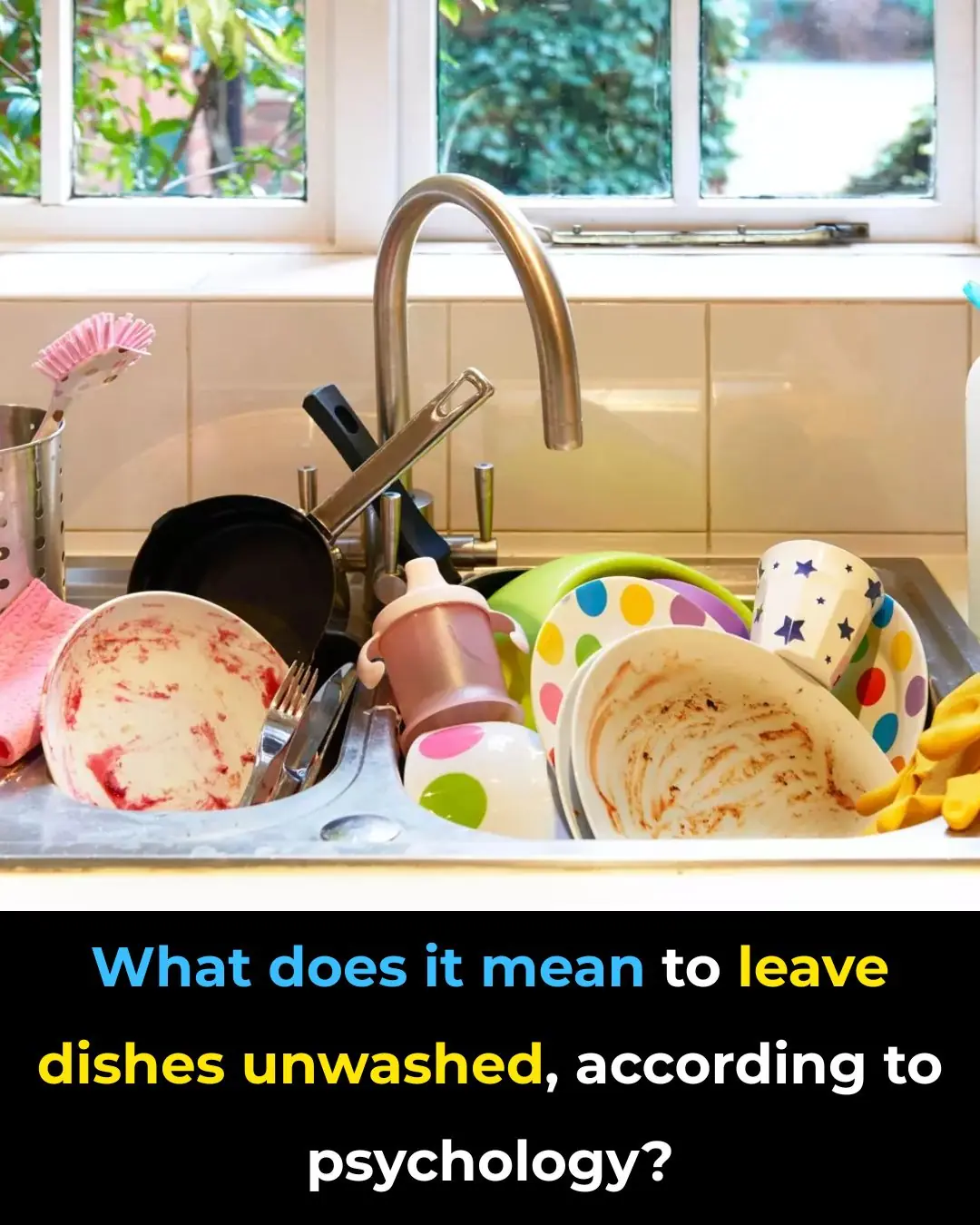
What Your Pile of Dirty Dishes Might Really Be Saying About You
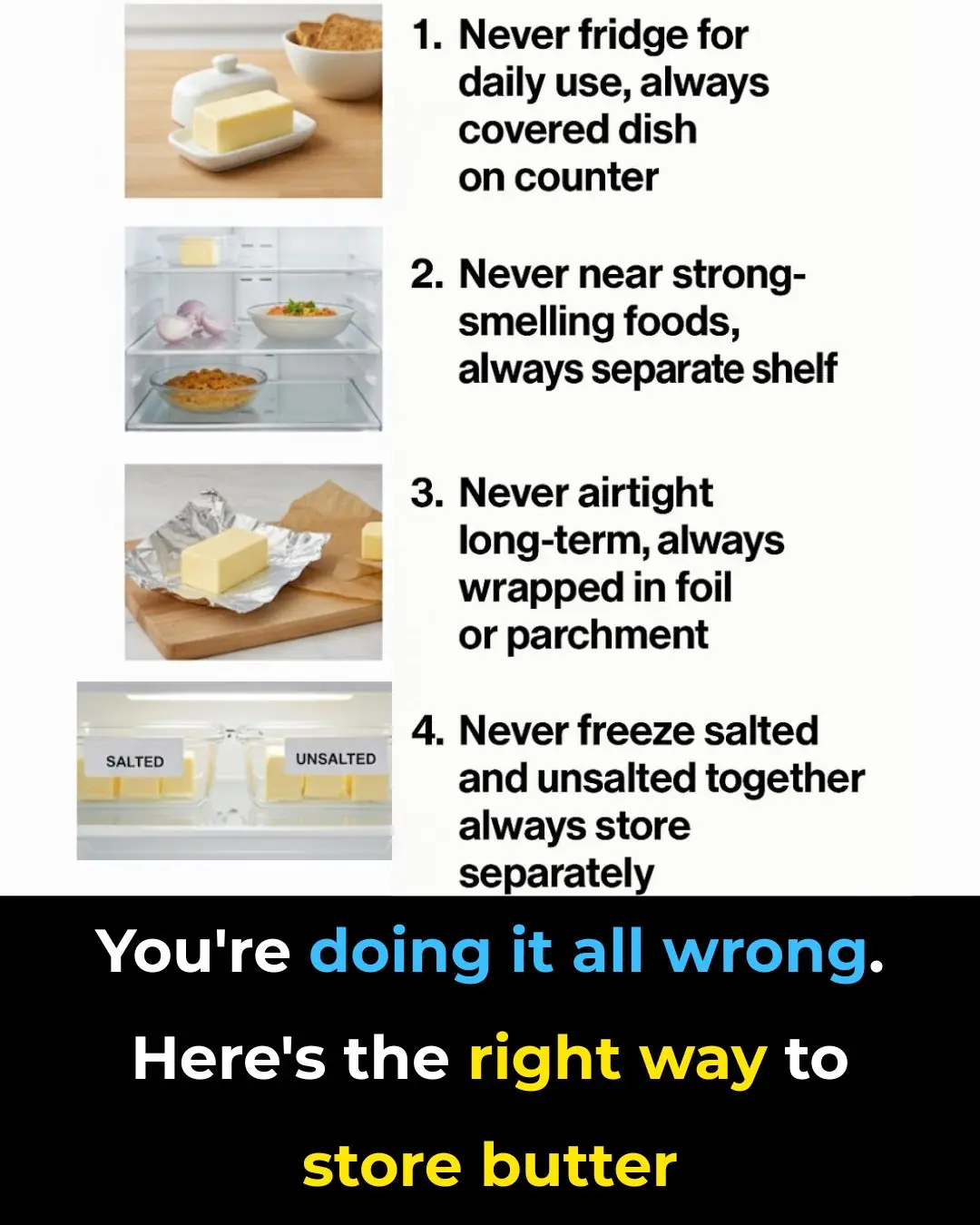
You're doing it all wrong. Here’s the right way to store butter
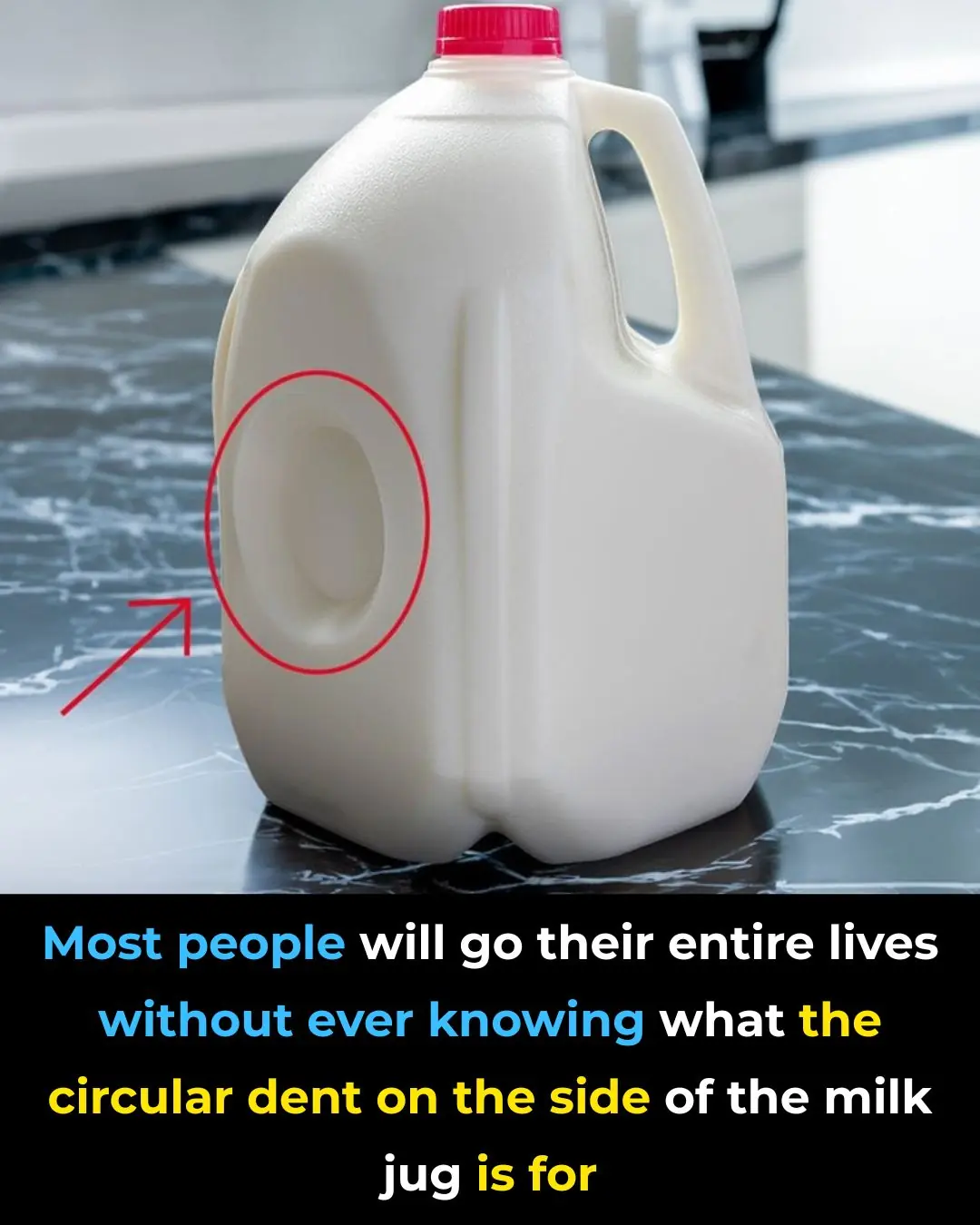
Why There’s a Dent in Your Milk Jug—and What It Actually Does
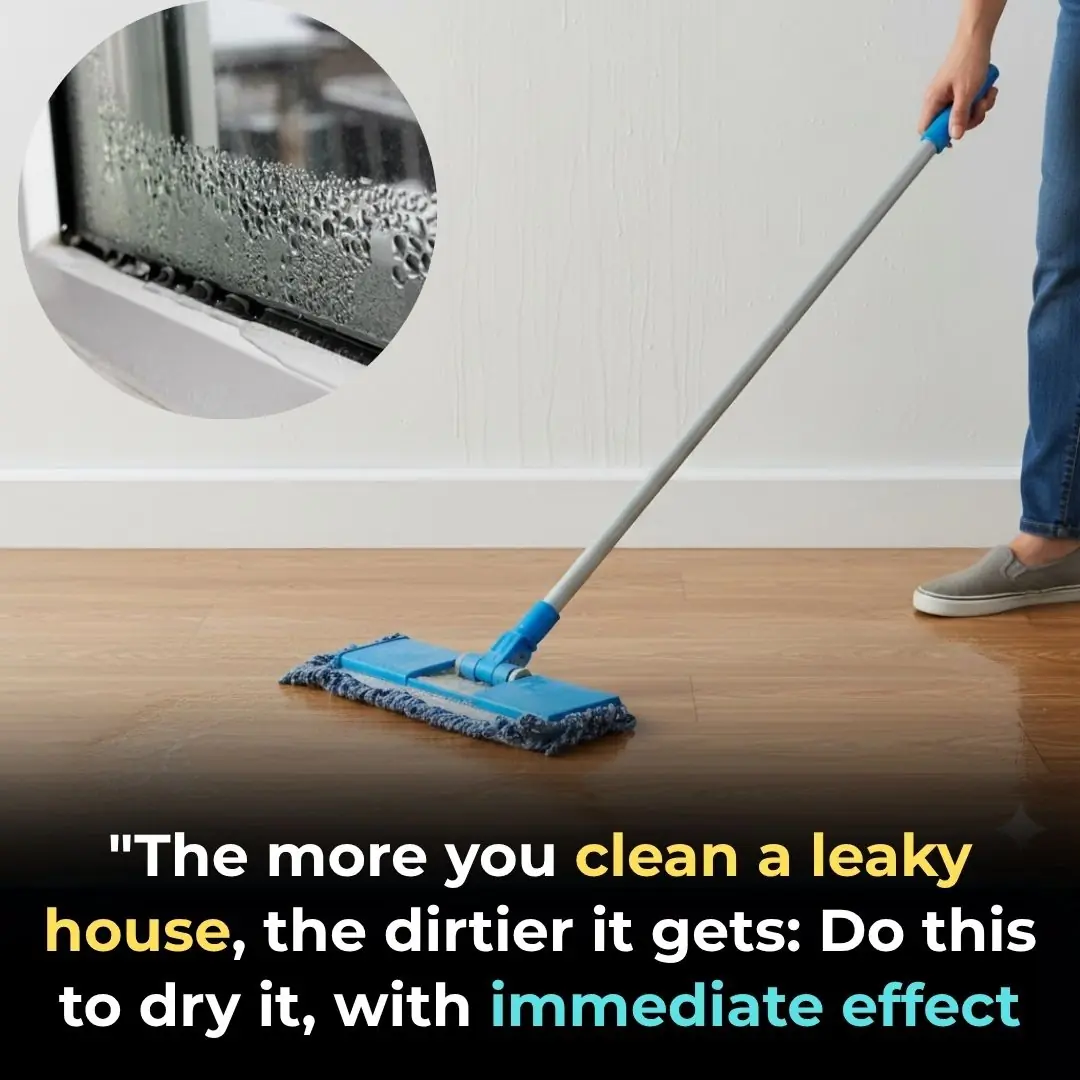
The more you clean a leaky house, the dirtier it gets: Do this to dry it, with immediate effect
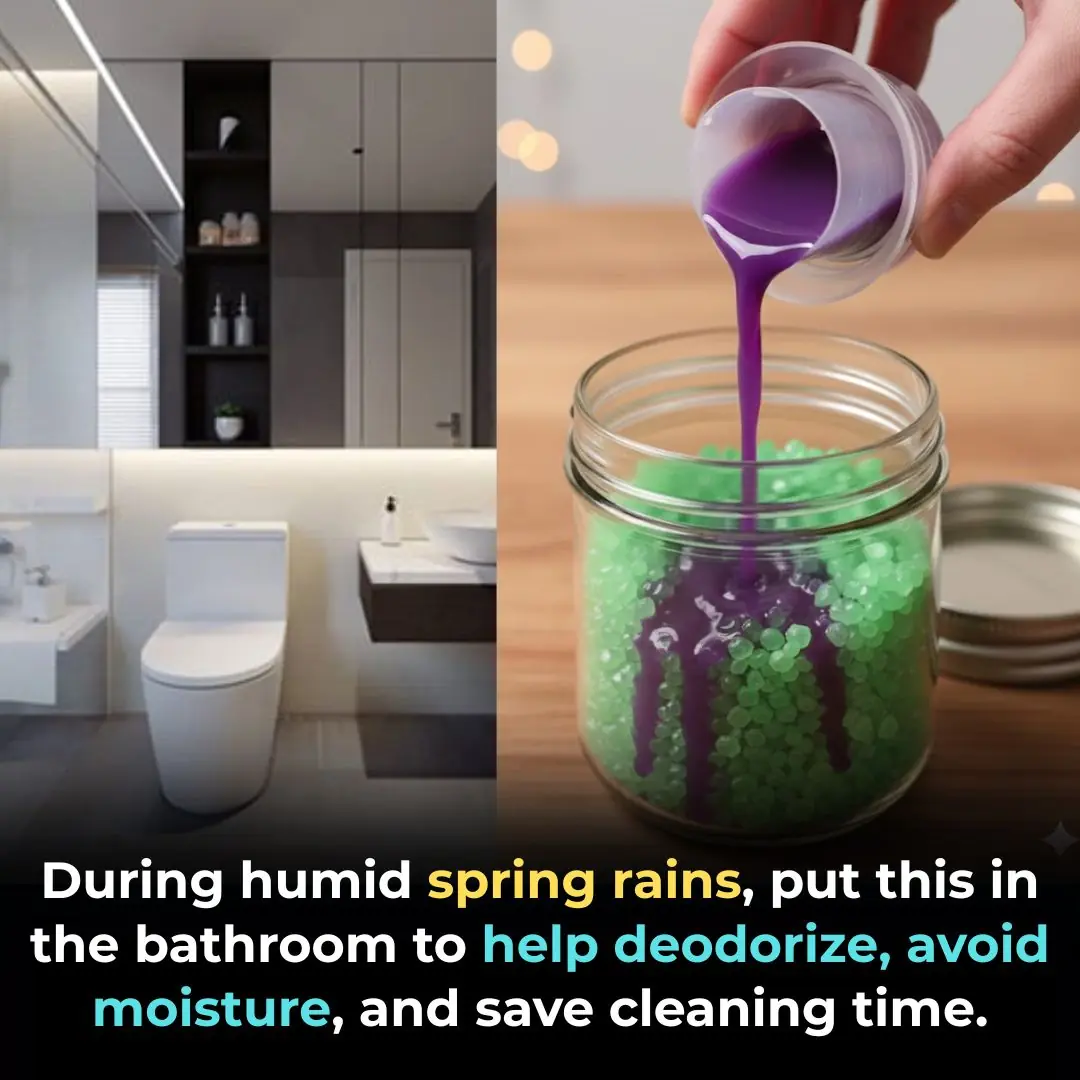
During humid spring rains, put this in the bathroom to help deodorize, avoid moisture, and save cleaning time.
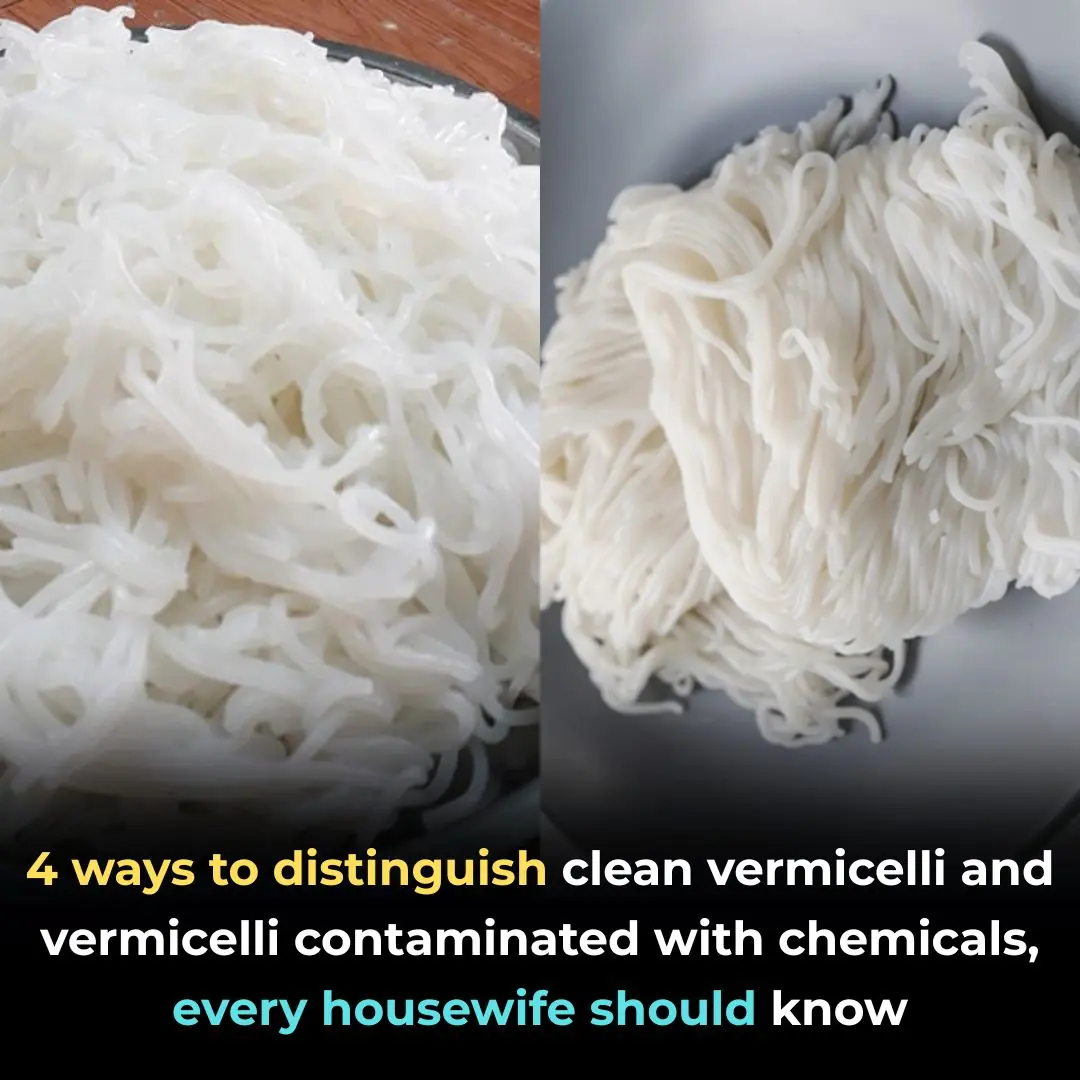
4 ways to distinguish clean vermicelli and vermicelli contaminated with chemicals, every housewife should know
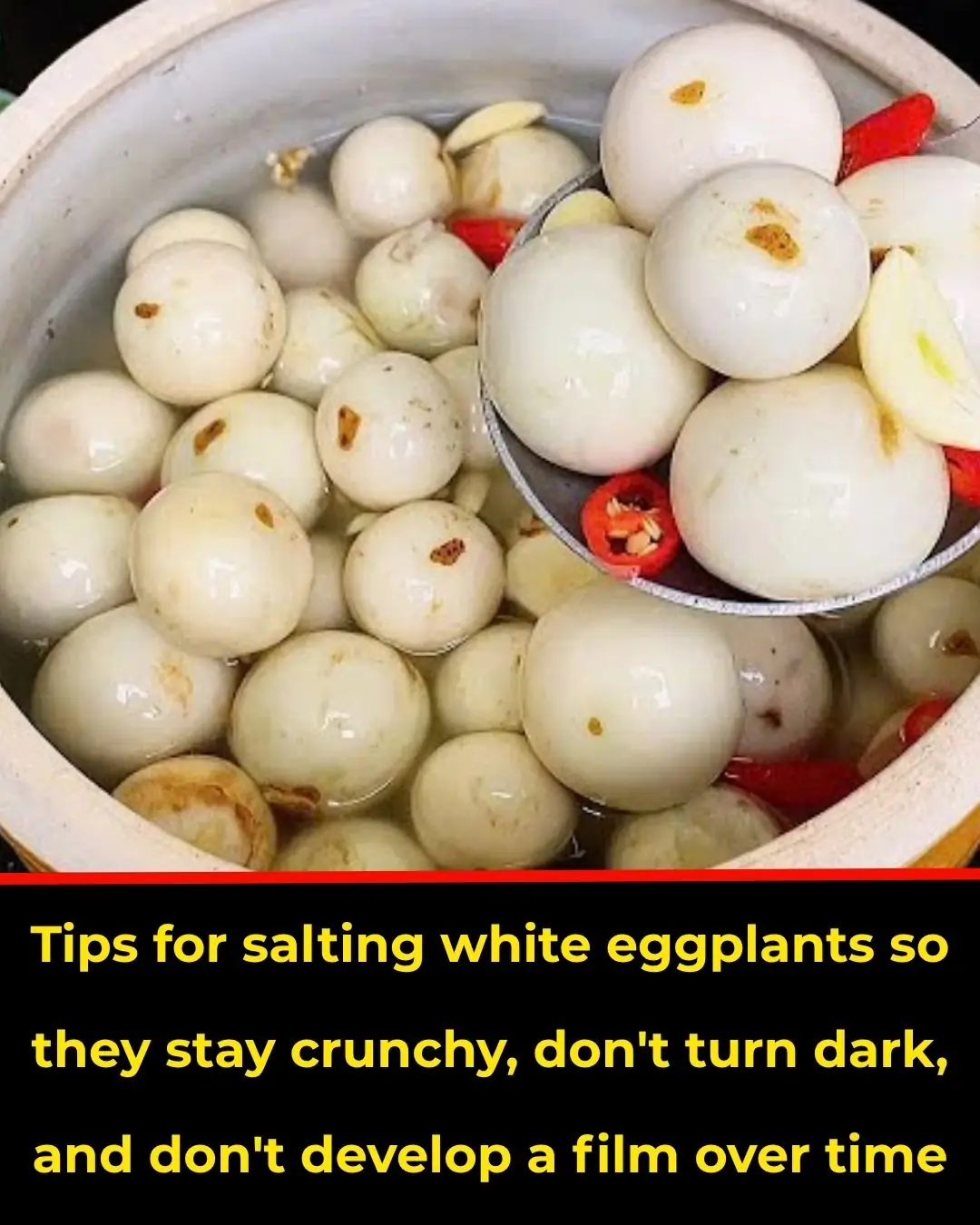
Tips for salting white eggplants so they stay crunchy, don't turn black, and don't develop mold over time
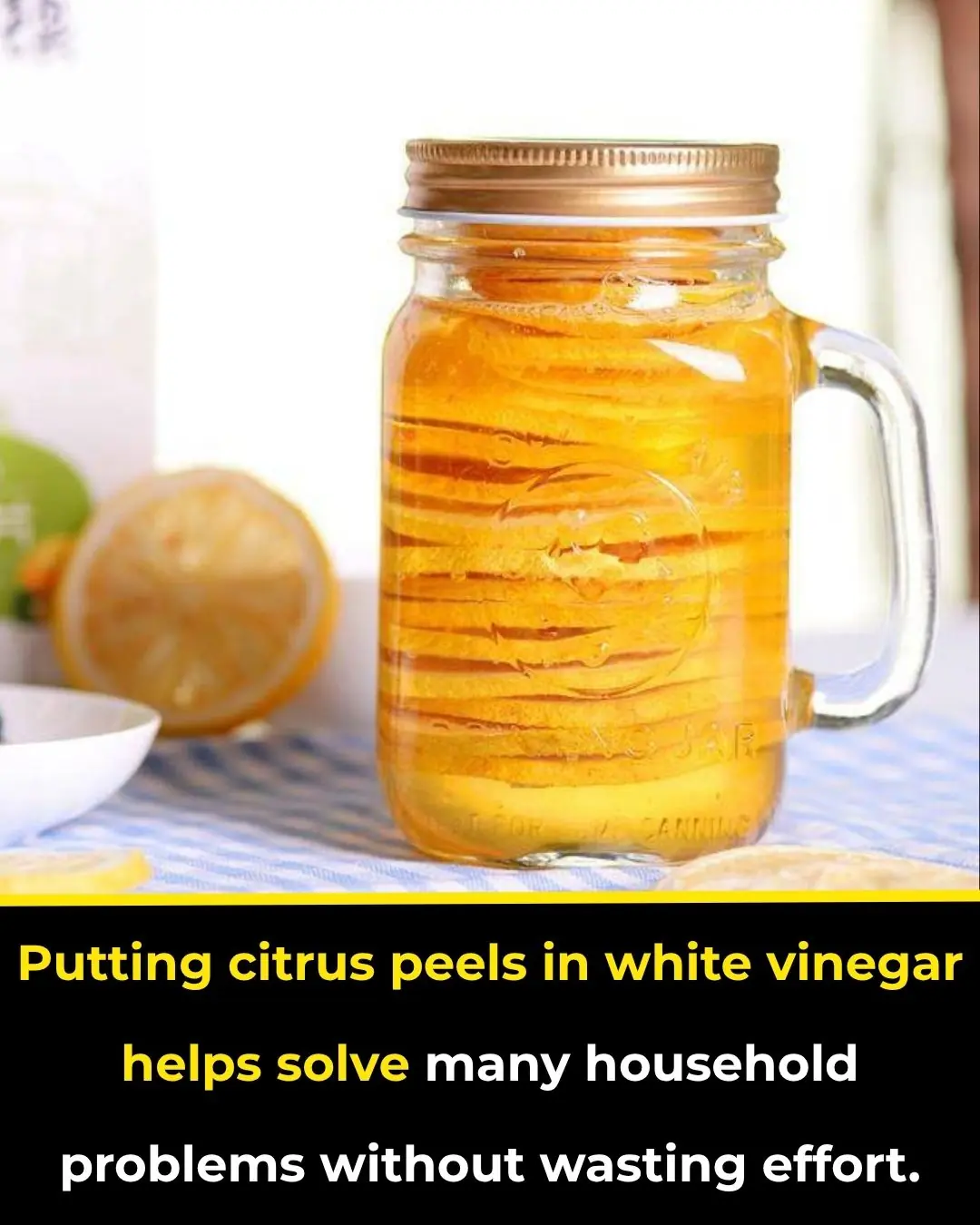
Putting citrus peels in white vinegar helps solve many household problems without wasting effort.
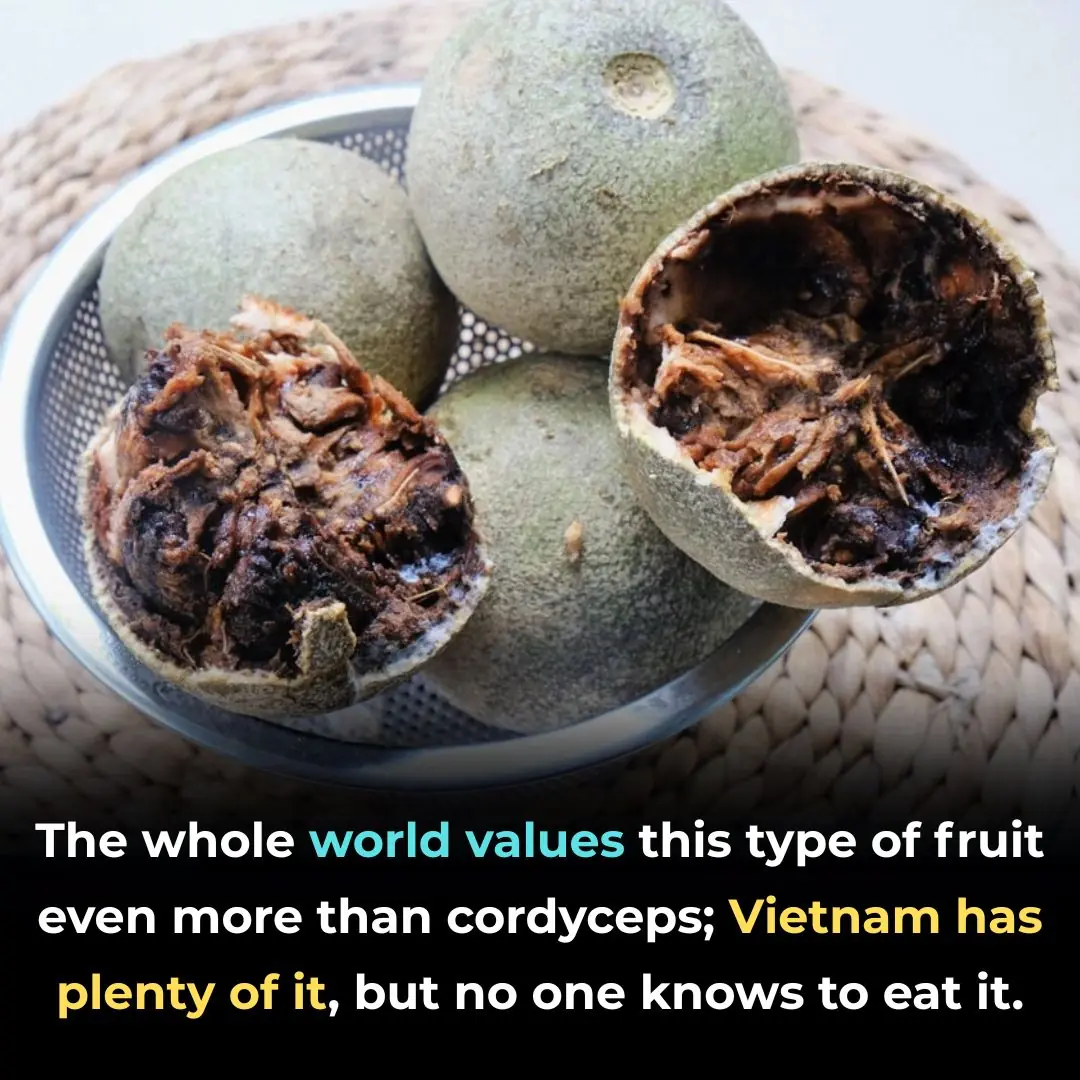
The whole world values this type of fruit even more than cordyceps; Vietnam has plenty of it, but no one knows to eat it.
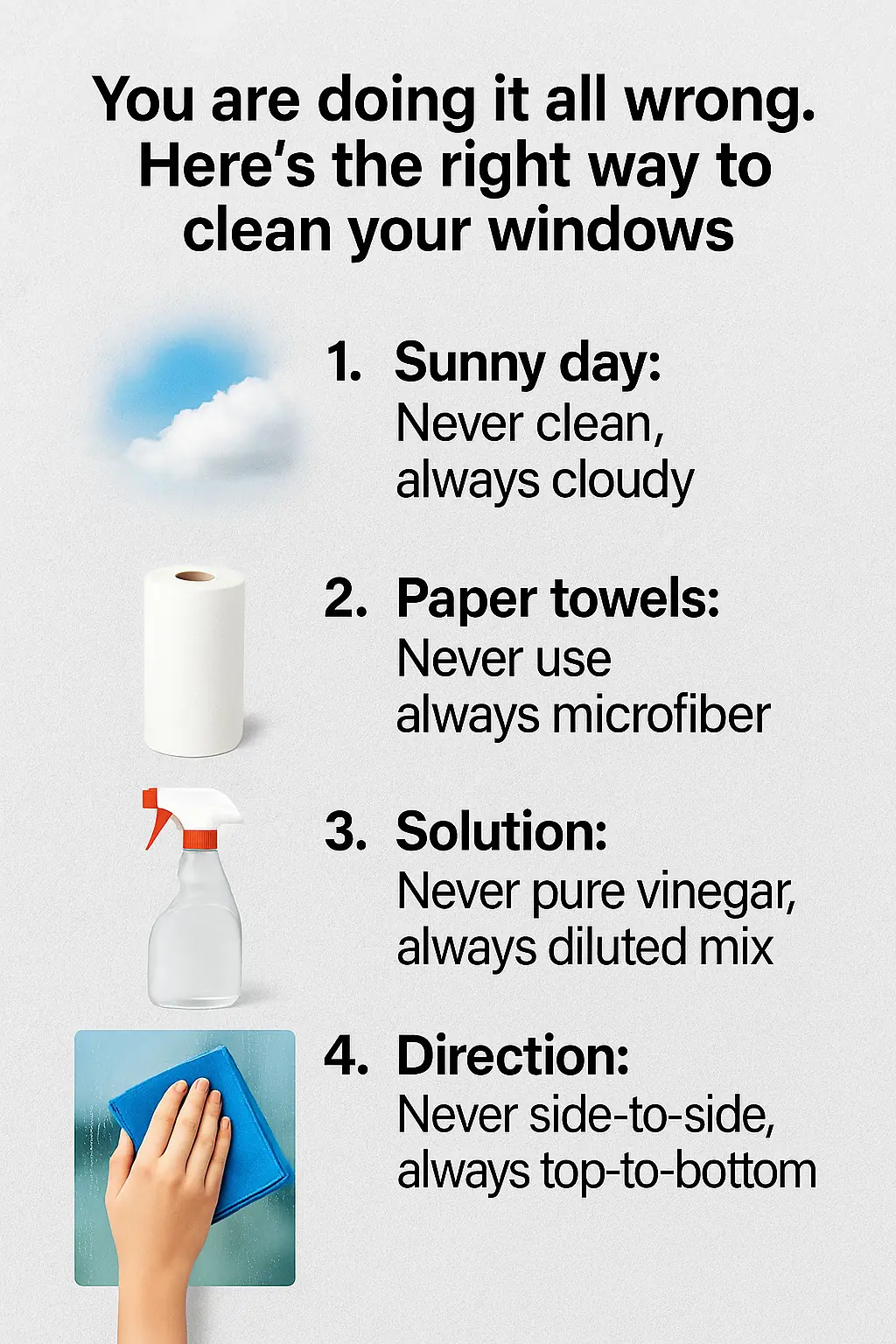
You are doing it all wrong. Here's the right way to clean your windows
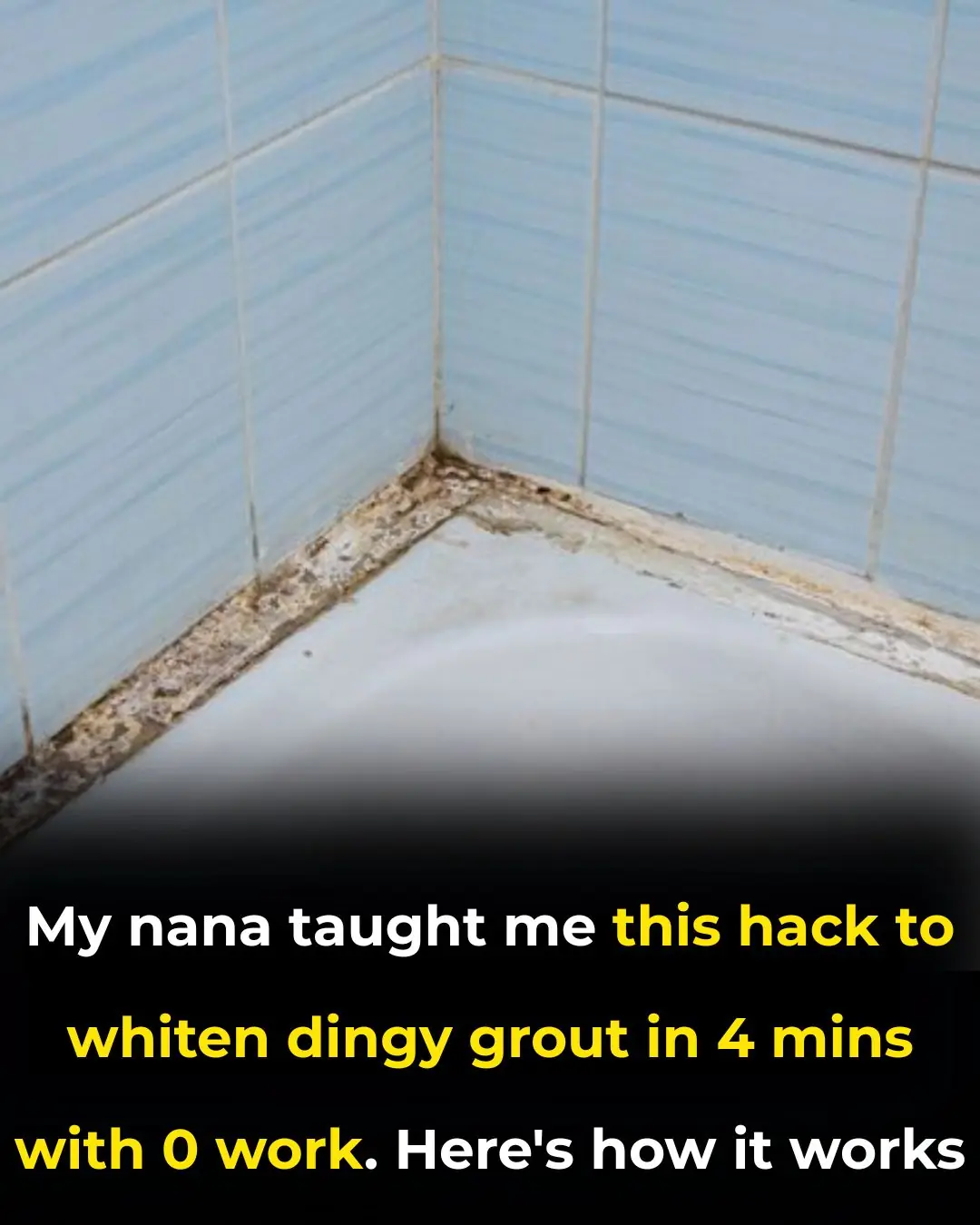
My nana taught me this hack to whiten dingy grout in 4 mins with 0 work. Here’s how it works
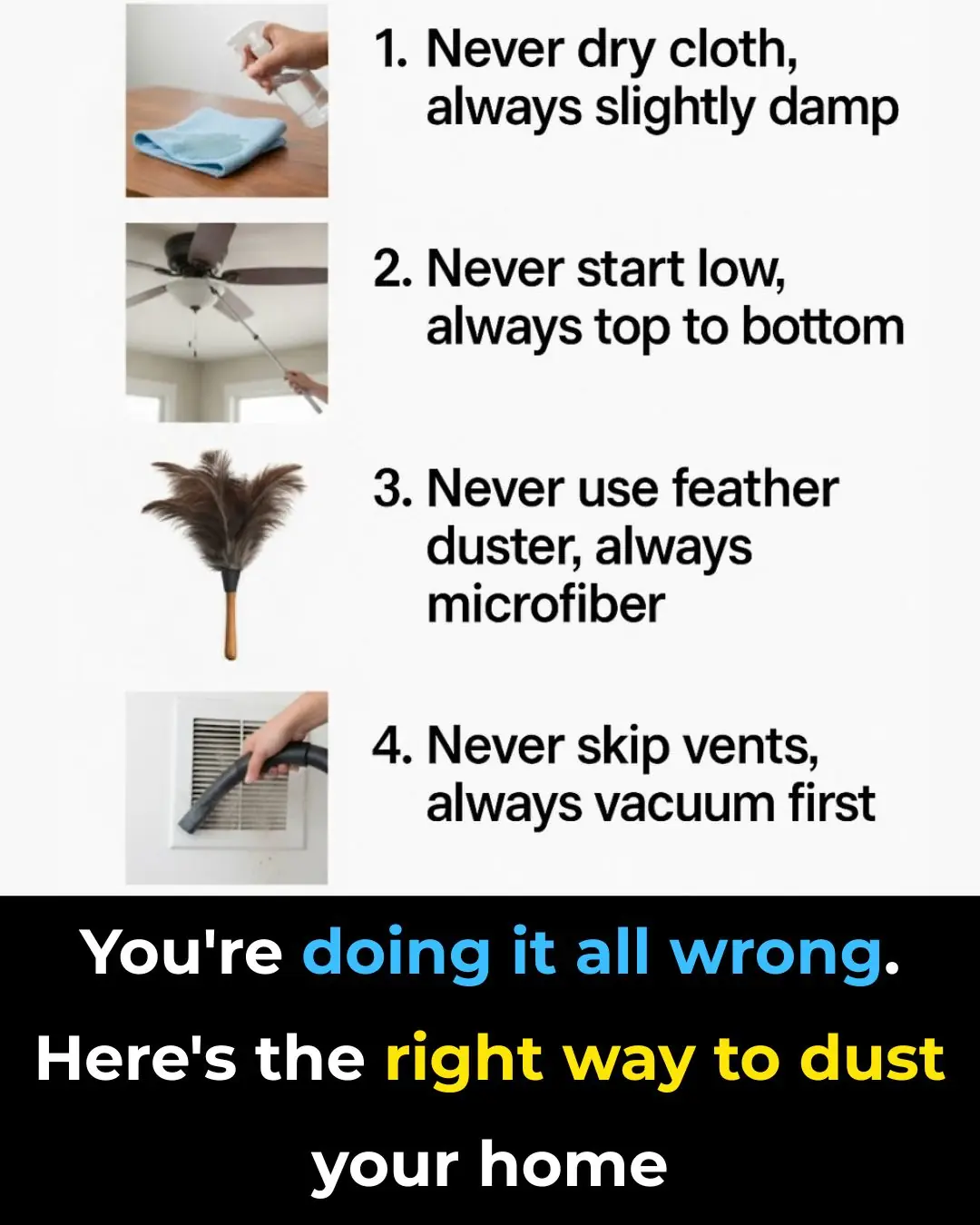
You’re doing it all wrong. Here’s the right way to dust your home
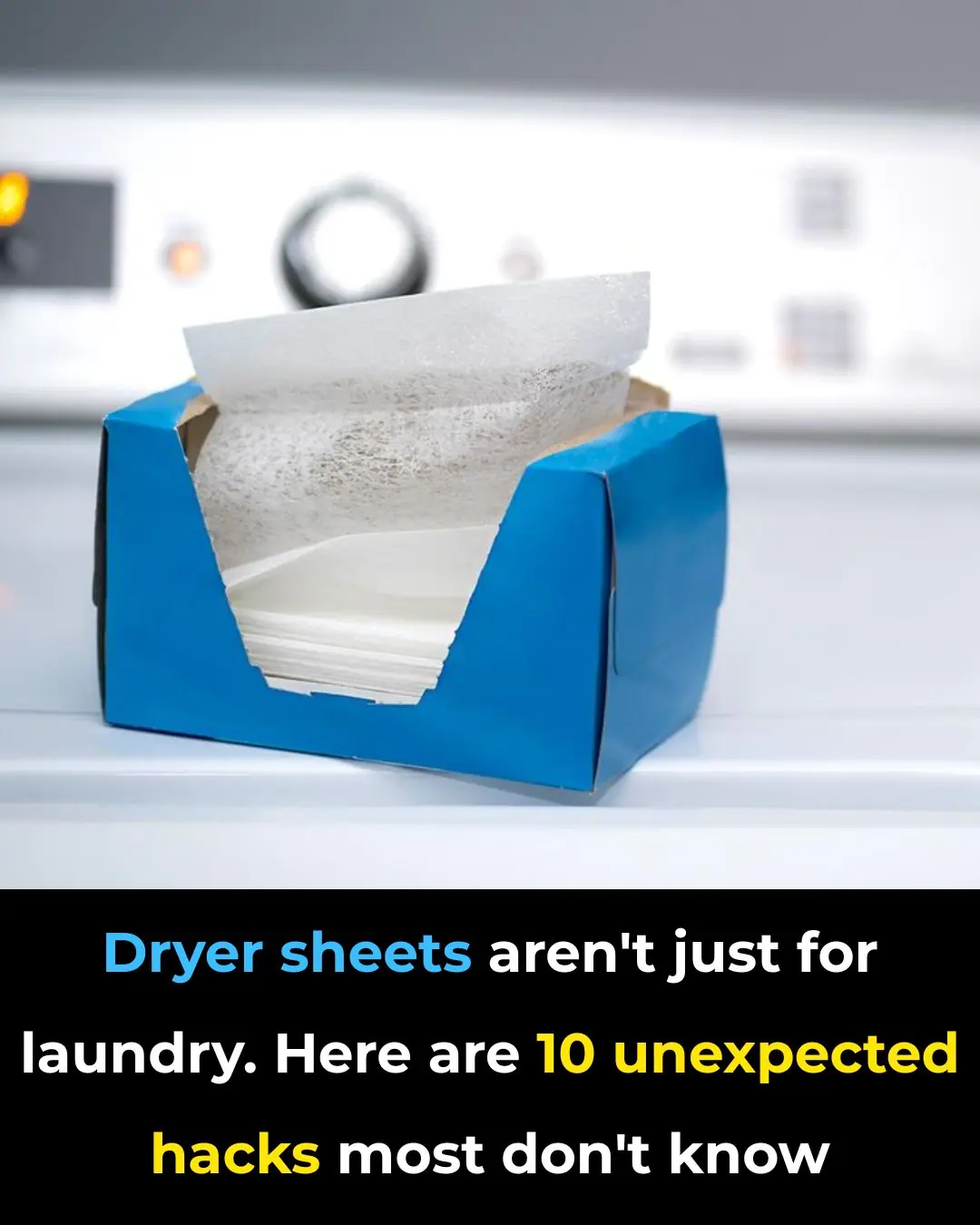
These ideas are amazing
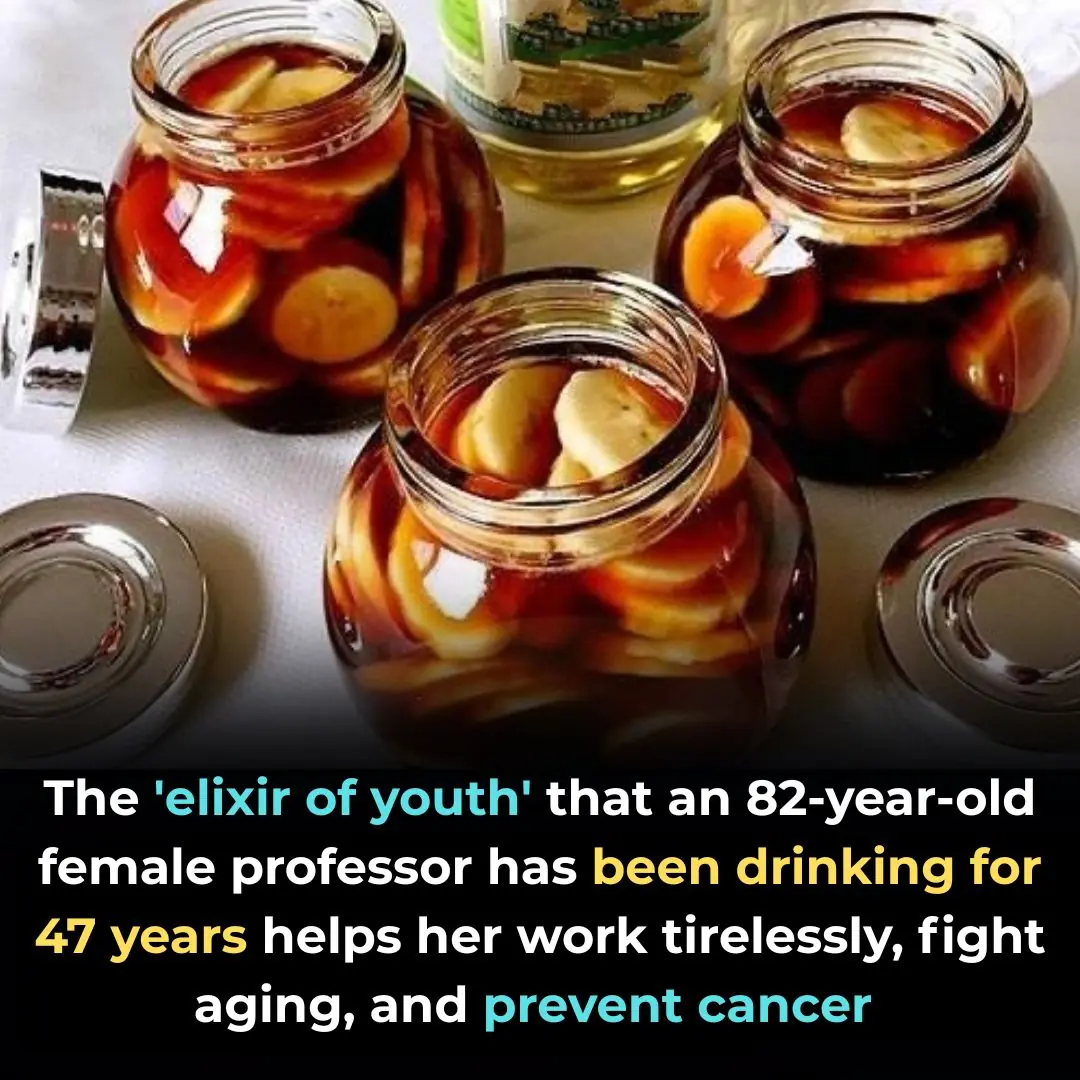
The 'immortality' drink helps an 82-year-old female professor work tirelessly and fight aging: The recipe is extremely simple
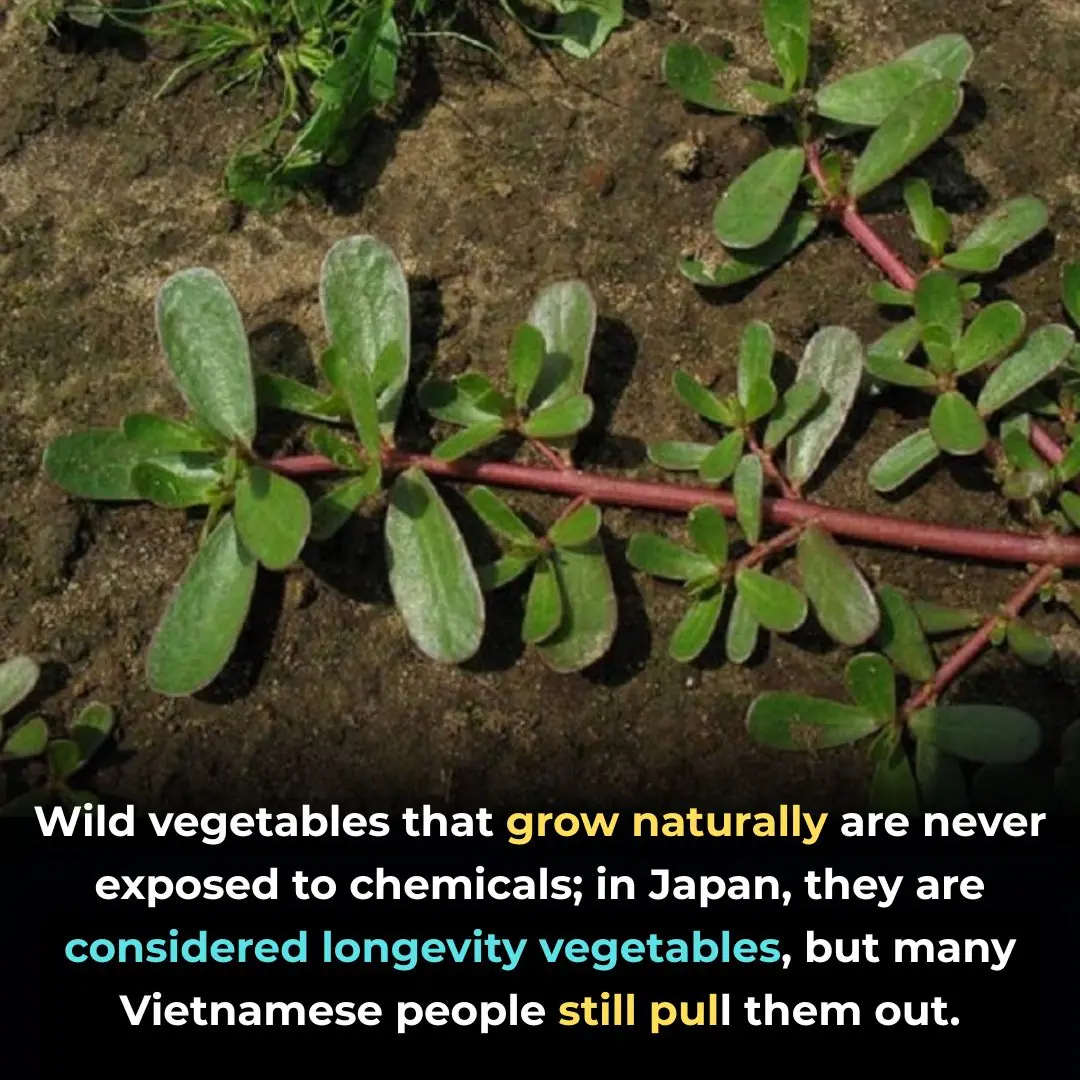
Wild vegetables that never worry about chemicals are considered longevity vegetables in Japan, but many Vietnamese people still pull them out.
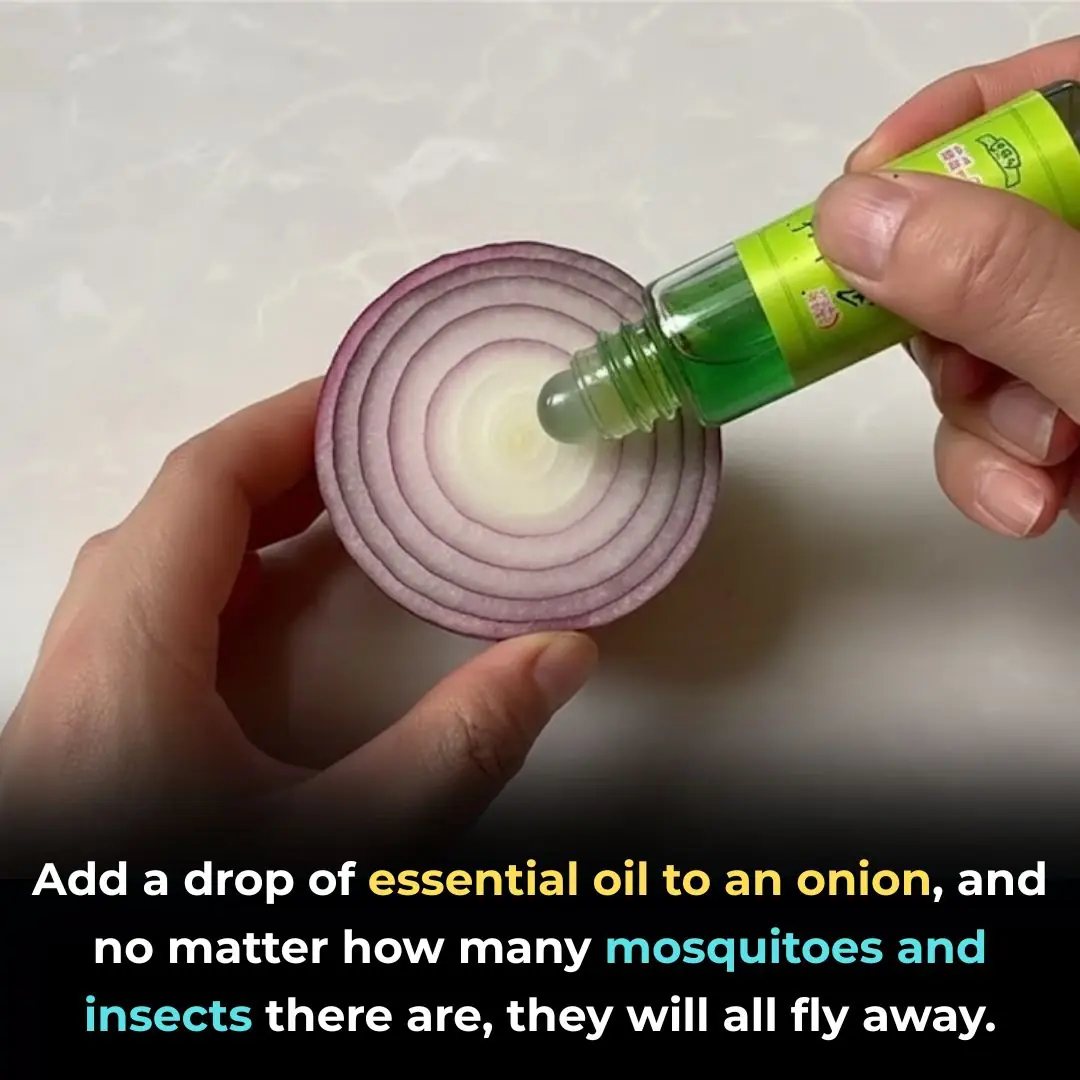
Add a drop of essential oil to an onion, and no matter how many mosquitoes and insects there are, they will all fly away.
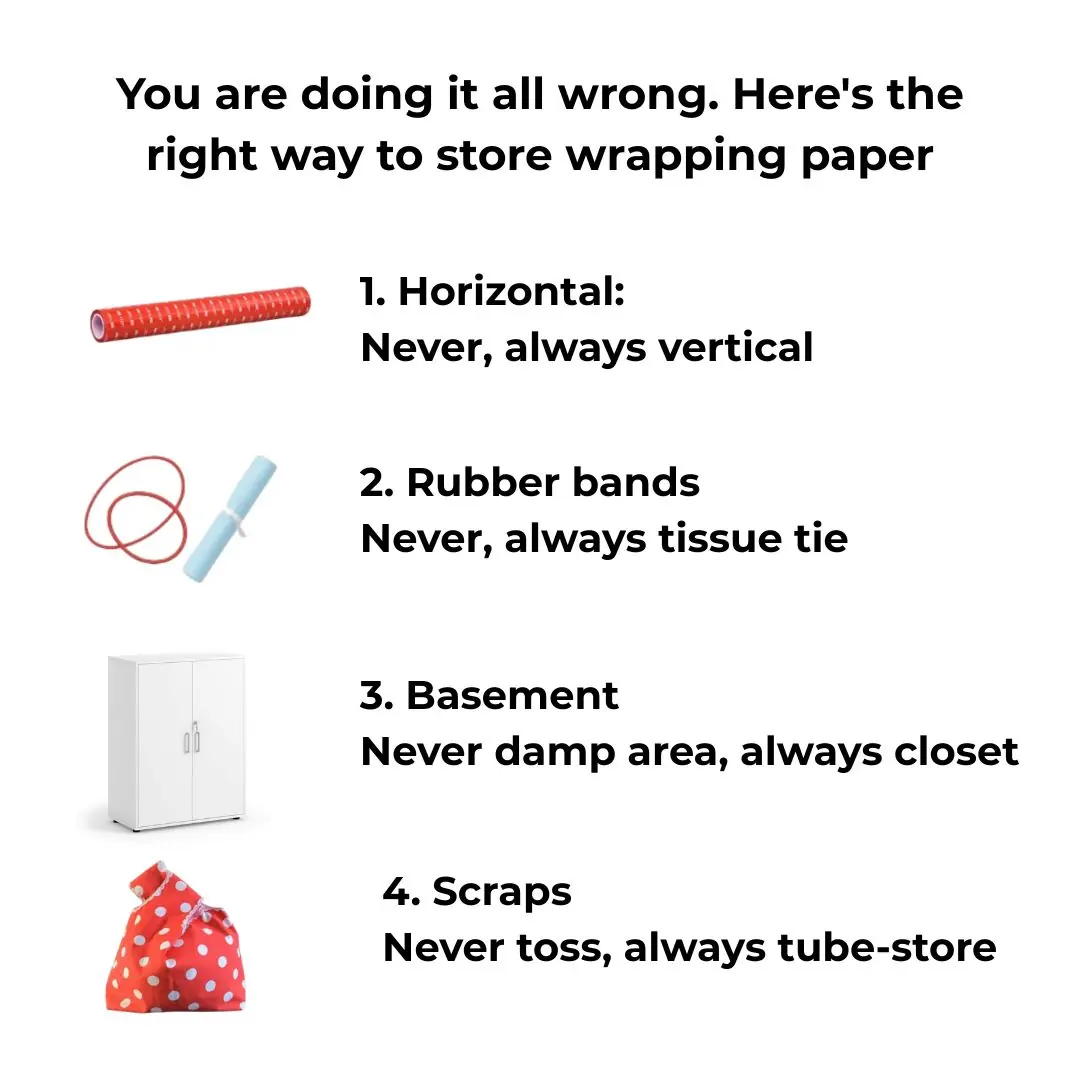
You are doing it all wrong. Here’s the right way to store wrapping paper
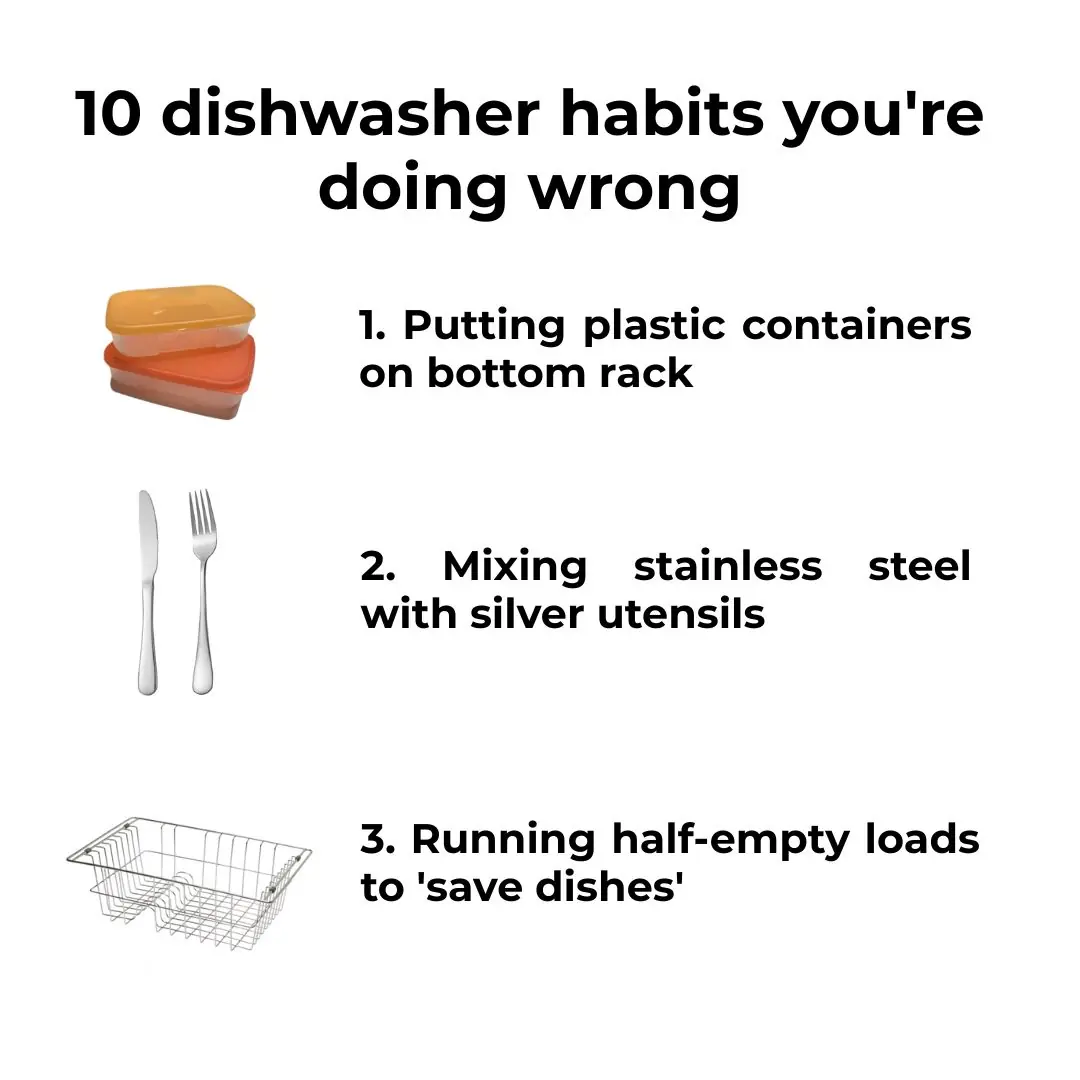
10 dishwasher habits you’re doing wrong
News Post

Tiny Warriors Celebrate Their First Halloween at Sarasota Children’s Hospital
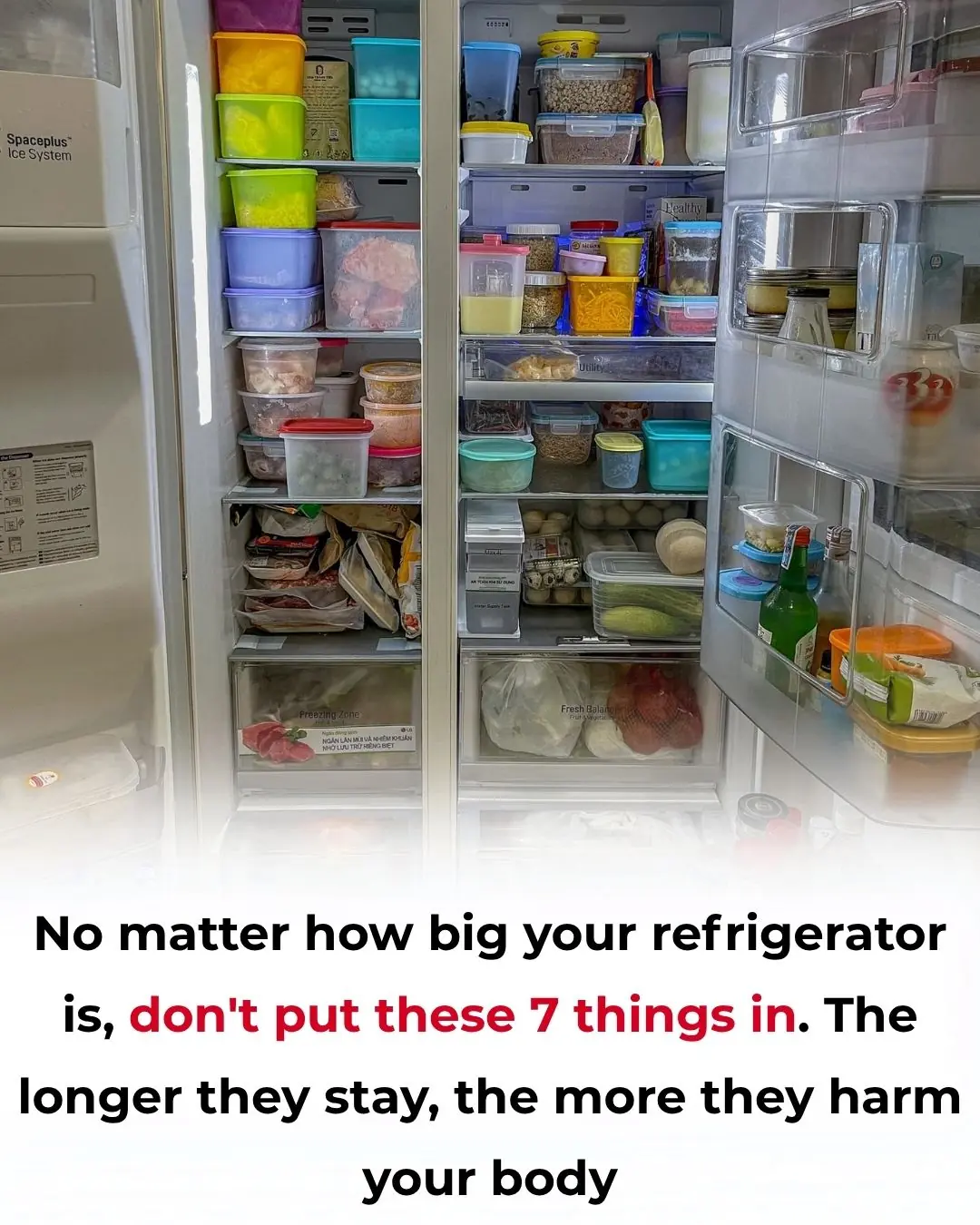
Don’t Ignore This: Check Your Fridge Now and Remove These 7 Items Before It’s Too Late

Zi Long’s Story: A Bell of Courage and New Beginnings

Why is that and the answer for those who don't know?

A Quiet Farewell: Robert Redford’s Final Glimpse of Hope.

The Elephant Who Swam Too Far: A Story of Courage, Compassion, and Survival.

Why Do Flat Electrical Plugs Have Two Round Holes? The Hidden Function Is Brilliant

YouTuber shocks fans after revealing he hasn't showered in three months

YouTubers expose reality of 'toxic' Colorado ghost town that was abandoned for tragic reason

What Your Pile of Dirty Dishes Might Really Be Saying About You

Japanese scientists delete chromosome that causes down syndrome

Sleeping Naked: 8 Surprising Benefits

You're doing it all wrong. Here’s the right way to store butter
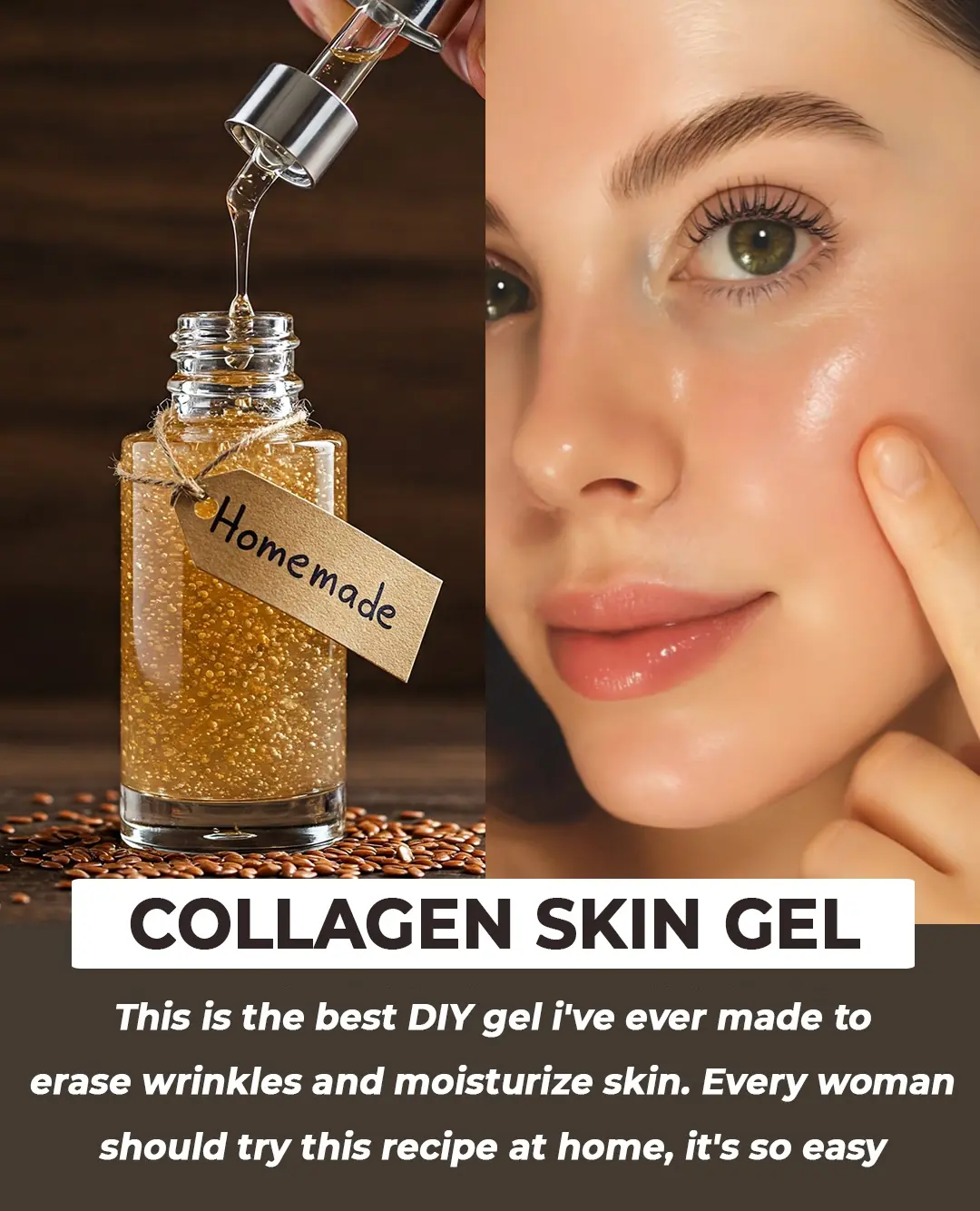
Unlock Radiant Skin: Your Comprehensive Guide to Homemade Flaxseed Gel
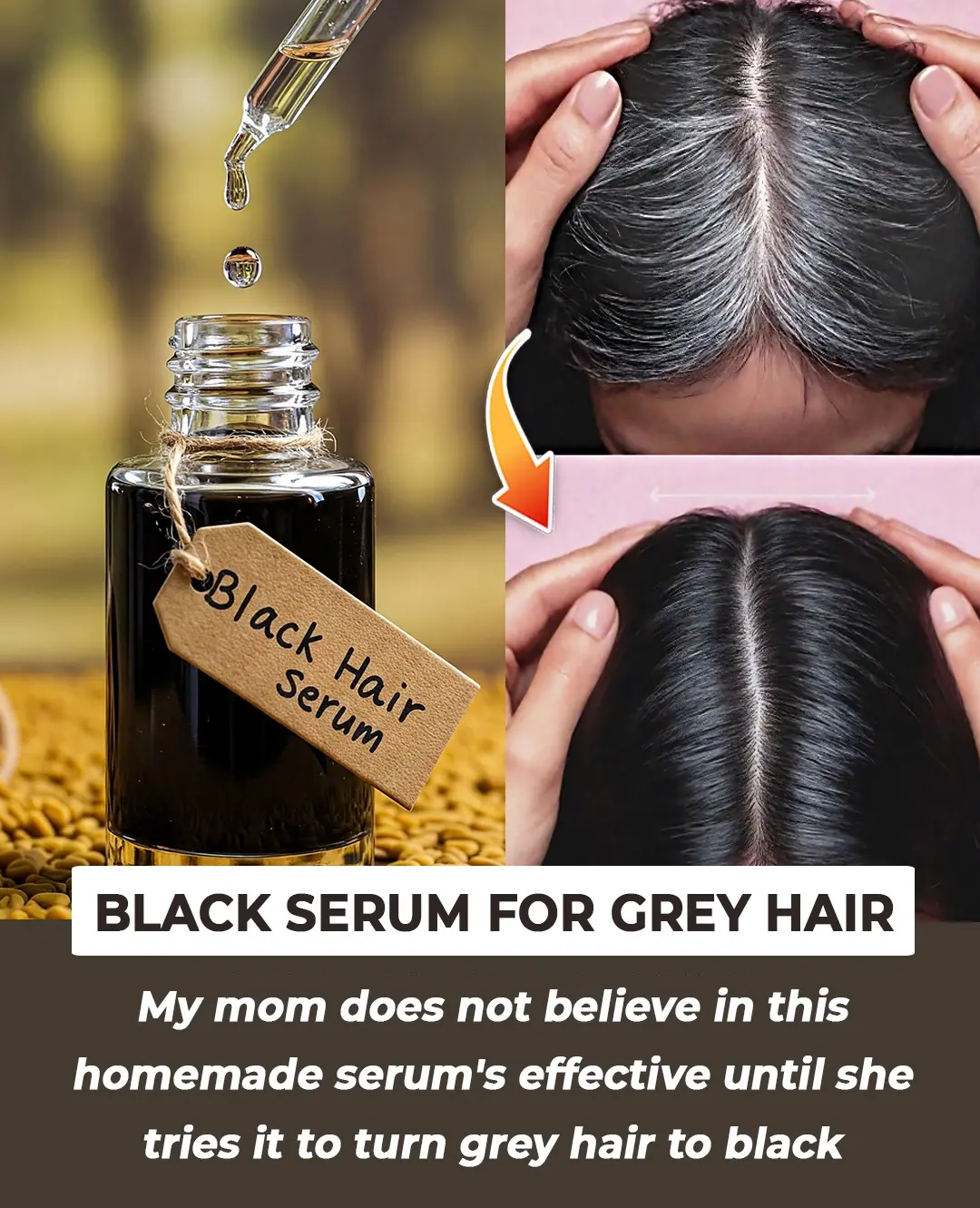
Can You Really Reverse Grey Hair? The Truth Behind Natural Remedies and Modern Treatments

Why There’s a Dent in Your Milk Jug—and What It Actually Does
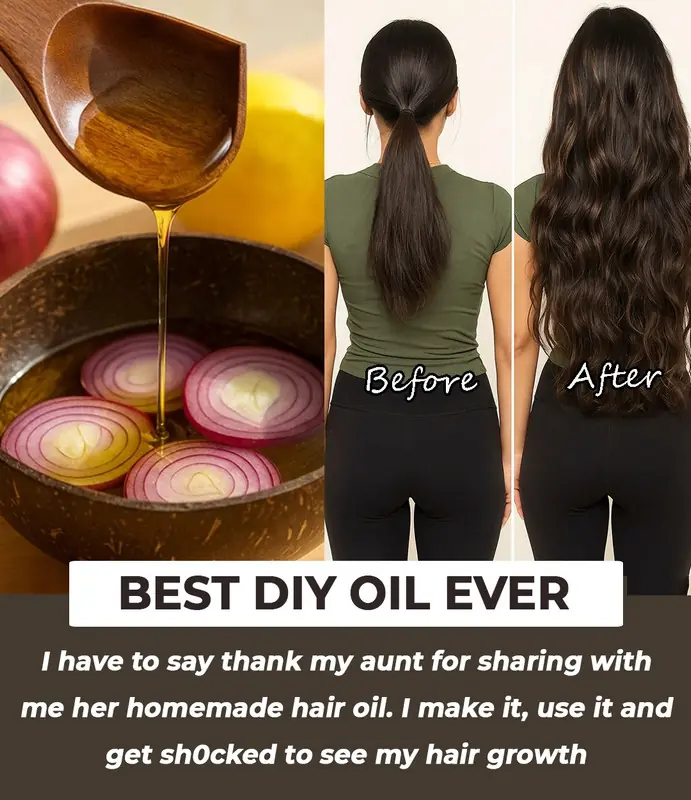
Transform Your Hair Naturally with Onion and Coffee: A Powerful DIY Treatment for Thicker, Healthier Hair

DIY Rice Flaxseed Gel for a Youthful, Glowing Complexion: Revitalize Your Skin Naturally
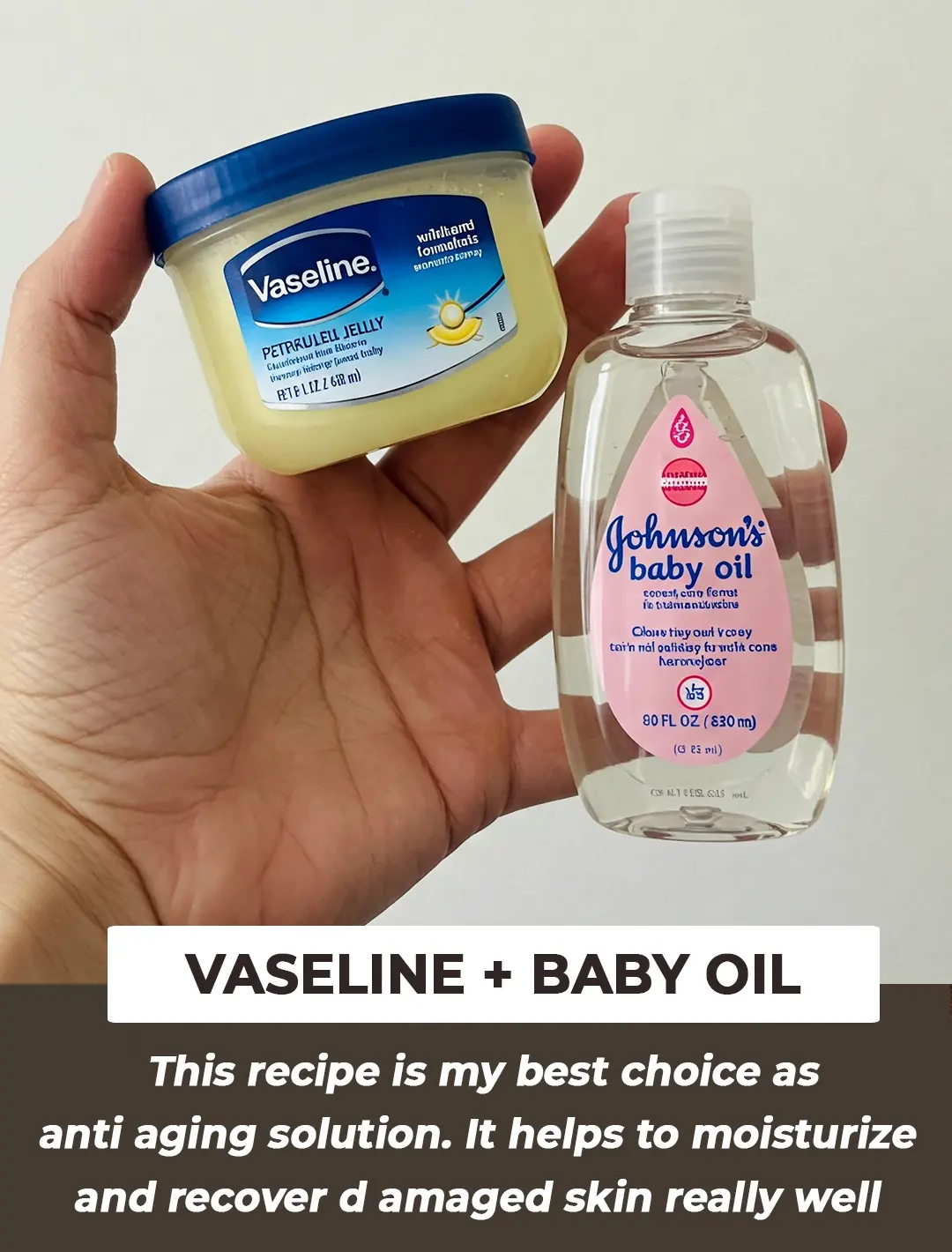
The Ultimate Anti-Aging Solution: How Vaseline and Baby Oil Can Transform Your Skin Overnight
